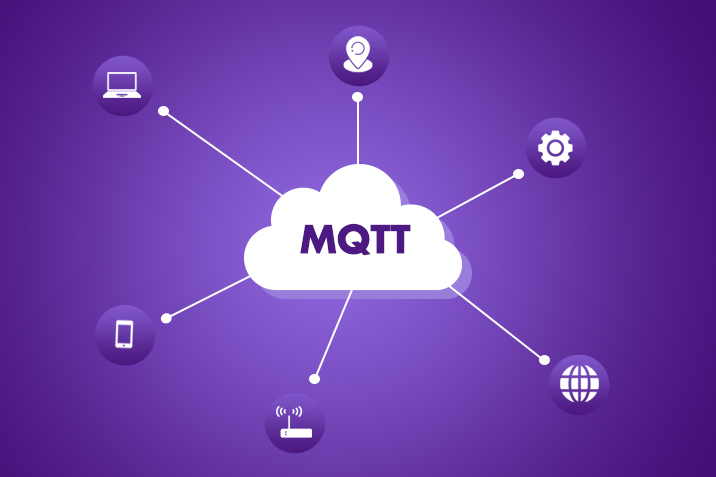IoT applications generate and process tons of data. Hence, it is critical to choose the right technology that can handle IoT data across cloud platforms and networks. This is where MQTT comes into the picture. By using MQTT, you can build efficient IoT solutions that enhance productivity and lower the cost of operation. As the leading MQTT company in India, we’ve curated some of the top questions about this technology. Without further ado, let’s dive right in.
What is MQTT?
MQTT is a lightweight messaging protocol for M2M (Machine to Machine). It was originally designed by Arlen Nipper and Andy Stanford-Clark in 1999 for connecting oil pipeline telemetry systems via satellite. Though it was initially a proprietary protocol, it became freely available in 2010 and later was released as an Oasis standard in 2014. The expansion of MQTT is Messaging Queuing Telemetry Transport.
Today, it has emerged as one of the main messaging protocols for IoT systems.
Where can MQTT be used?

MQTT is used in various industries like transport, automotive, entertainment and industry 4.0. It helps in data exchange between sensors and other IoT devices and server applications. The biggest benefit of MQTT is that it uses minimal bandwidth and it can work seamlessly even on unreliable networks. It’s easy to implement and therefore the popular choice for M2M communications.
What is the working technology of MQTT?
It works on the publish/subscribe paradigm. The publisher and subscriber(s) communicated via topics and are decoupled. The broker handles the connection between the sender and the receiver. The broker filters all incoming messages and distributes them to the right subscribers. Note that the client doesn’t have to ask for information; the broker sends the right information to the right subscriber as soon as new information is available.
Let’s take a closer look at the role of the broker and client:
MQTT Broker: The broker is the central point of any MQTT implementation. Depending on how it is deployed, the broker handles millions of MQTT clients. The broker acts as an intermediary receiving messages, filtering them, identifying who needs to see these messages and sends them to the right clients.
MQTT Client: The client can be any device like a small microcontroller or a large server. The client connects to the broker via the network. A client can be the publisher, subscriber or both.
What is the topic in MQTT?
The topic is a UTF-8 string. The broker uses the topic to filter messages to the right clients. The client has to subscribe to a particular topic to receive messages. Topics are divided into several levels.
Is MQTT safe?
MQTT is extremely secure and has extensive authorization and authentication protocols. It’s built on top of TCP/IP protocols for added security via encryption.
Is MQTT free to use?
Yes, it was standardised as an open-source protocol in 2014.
How is MQTT different from HTTP?
The major difference is that HTTP is document-centric while MQTT is data-centric. The latter is extremely lightweight and has minimal packet overhead. Another difference is that HTTP is a request/response system, while MQTT are push-based communications.
How is MQTT different from AMQP?
Advanced Message Queuing Protocol is a bi-directional peer-to-peer messaging protocol. The problem with this protocol is that it requires larger overhead and is complex to implement. On the other hand, MQTT is a binary protocol that is simple to install and works on all mobile IoT apps as well as machine-2-machine messaging.
Does MQTT work on TCP or UDP?
MQTT uses TCP and it is not compatible with UDP.
Do you require internet for MQTT?
Yes, to send and receive messages the MQTT client establishes a TCP connection with the broker. The biggest benefit of MQTT is that it can work even on unstable network connections.
Next Steps Mqtt Company
The MQTT protocol has emerged as the golden standard for IoT messaging. If you’re looking to develop an IoT application, get in touch with Future Algos, the leading MQTT company in India to start building your next-gen IoT application.




